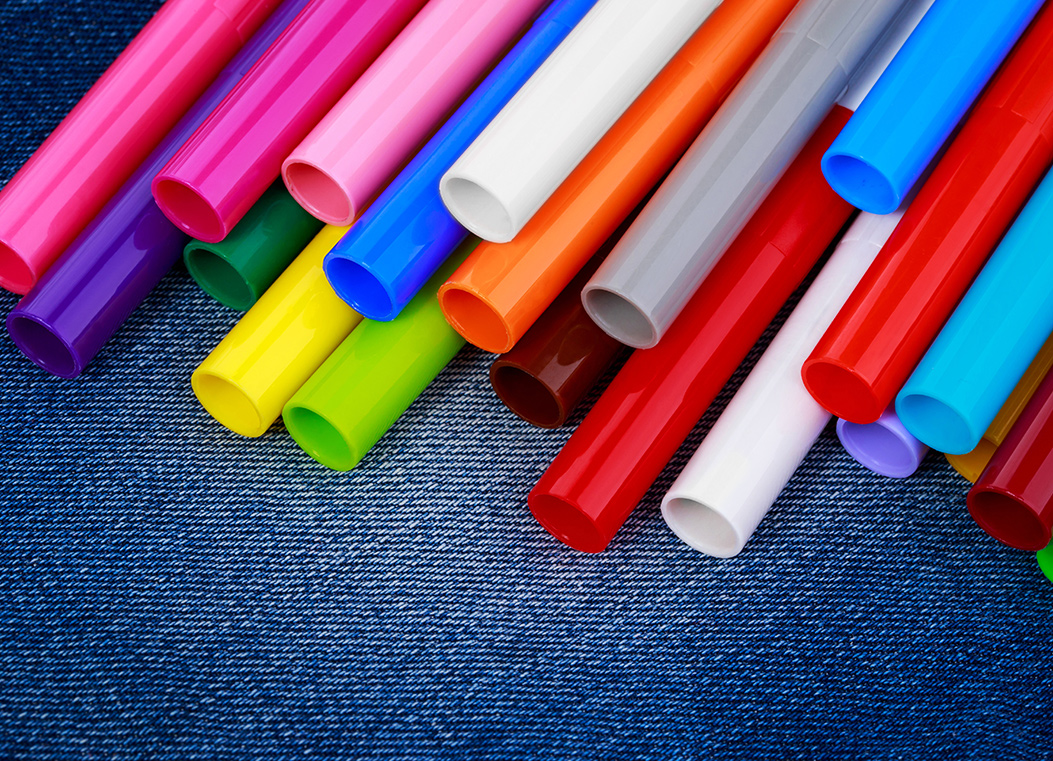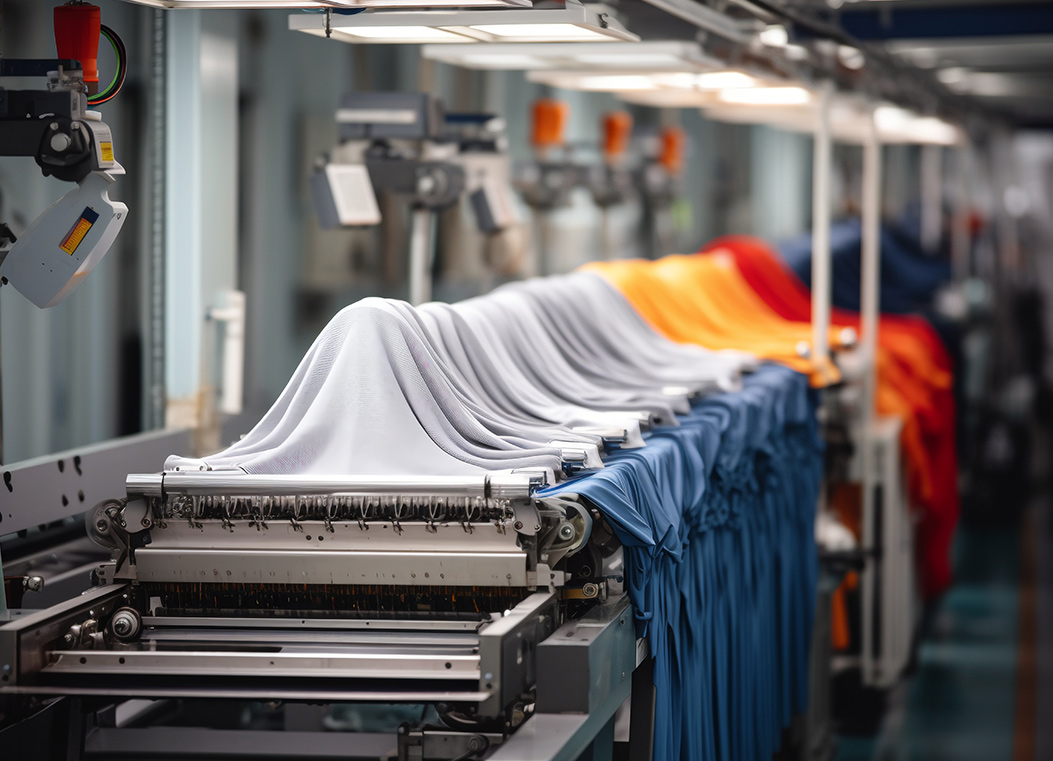Laundry practices often require additives that can withstand diverse wash conditions while maintaining fabric brightness. Optical Whitener is widely applied in detergents to counteract yellowing, and Optical Brightener For Wires And Cables is used in industrial manufacturing to ensure a clean, uniform appearance of insulation materials. Although their applications differ, both rely on similar principles of absorbing ultraviolet rays and re-emitting visible blue light, which enhances brightness and improves visual quality. For laundry applications, choosing the right whitener for high-temperature washing involves understanding several performance factors.
Importance Of Thermal Stability
One of the main challenges in laundry care is maintaining whitening performance under hot water washing. Optical whiteners must resist decomposition at elevated temperatures to remain effective. High thermal stability ensures that the compound does not lose its ability to absorb UV light during the washing process. For households or institutions that rely on hot cycles to disinfect and deeply clean fabrics, this property is critical to sustaining brightness after each wash.

Resistance To pH Variations
High-temperature washing is often paired with detergents formulated with alkaline builders to improve cleaning strength. A suitable optical whitener should remain effective across a wide pH range, from neutral to alkaline. Stability under these conditions allows the brightening effect to remain visible, preventing fabrics from becoming dull even in stronger wash environments. This is particularly important for commercial laundries or healthcare facilities where chemical conditions can be more aggressive than in household washing.
Compatibility With Detergent Ingredients
Another factor in selecting an optical whitener for hot washes is its compatibility with other detergent ingredients. Surfactants, enzymes, and bleaching agents are commonly present in formulations designed for high-performance cleaning. The whitener must work alongside these components without losing its function. When integrated properly, it complements cleaning action by giving fabrics a fresher look once stains are removed, rather than being affected negatively by the stronger detergent chemistry.
Longevity Across Multiple Wash Cycles
Durability is a practical concern for consumers and industries alike. A well-chosen optical whitener should remain effective over multiple washing cycles, rather than fading after only a few uses. This allows garments, linens, and uniforms to retain brightness over time, supporting longer product use. In institutional laundry services, such as hotels and hospitals, this durability translates into more consistent textile presentation and reduced need for fabric replacement.
Environmental And Safety Considerations
With growing attention to environmental responsibility, many modern optical whiteners are developed with biodegradability in mind. This ensures that after use, they break down more easily and reduce potential environmental accumulation. At the same time, they are designed to be safe for everyday use, making them suitable for household detergents. Choosing formulations that combine heat resistance with environmental safety aligns both performance goals and sustainability priorities.
Industrial Relevance Beyond Laundry
The same technology used in fabrics is also applied in technical sectors. Optical Brightener For Wires And Cables demonstrates how these agents maintain uniform brightness and appearance in polymer insulation and sheathing. Just as heat stability is essential for laundry whiteners, stability under production processes is critical for cable manufacturing. This crossover highlights the broader role of optical brightening technology in supporting consistent quality across industries.
Practical Guidance For Users
When selecting an optical whitener for high-temperature washing, the main aspects to consider are thermal stability, chemical resistance, detergent compatibility, and long-term durability. Paying attention to these factors helps ensure fabrics not only look brighter but also maintain their quality through repeated use. For households and industrial users alike, understanding these criteria makes it easier to choose products that perform effectively under demanding washing conditions while remaining safe and environmentally considerate.

 EN
EN 中文
中文 ES
ES




.jpg)













